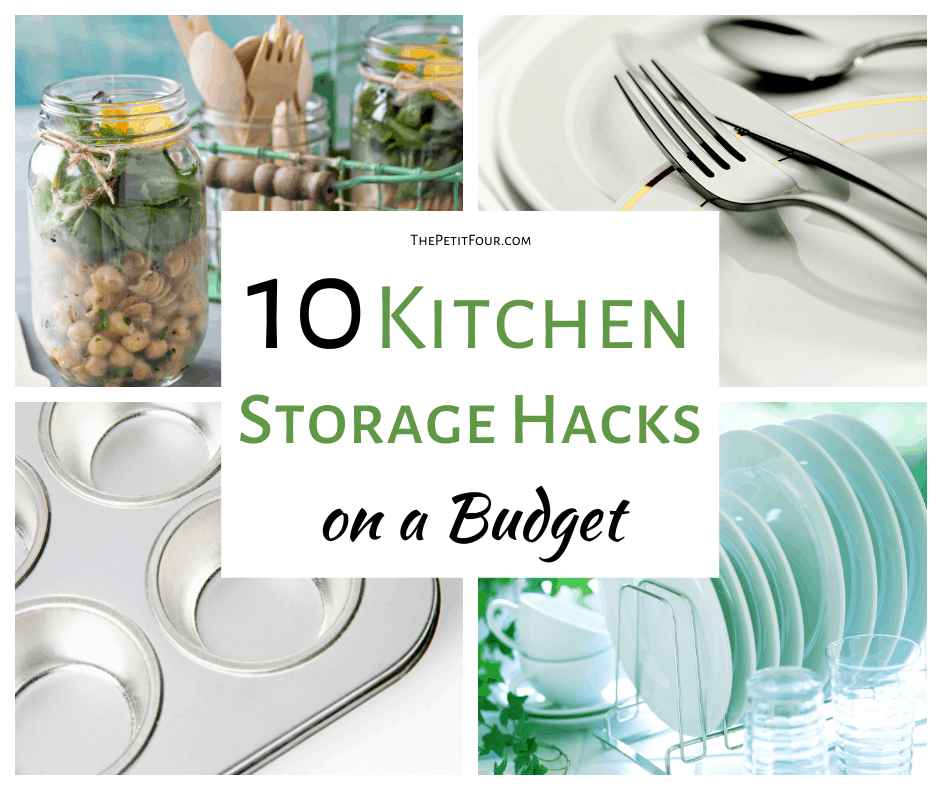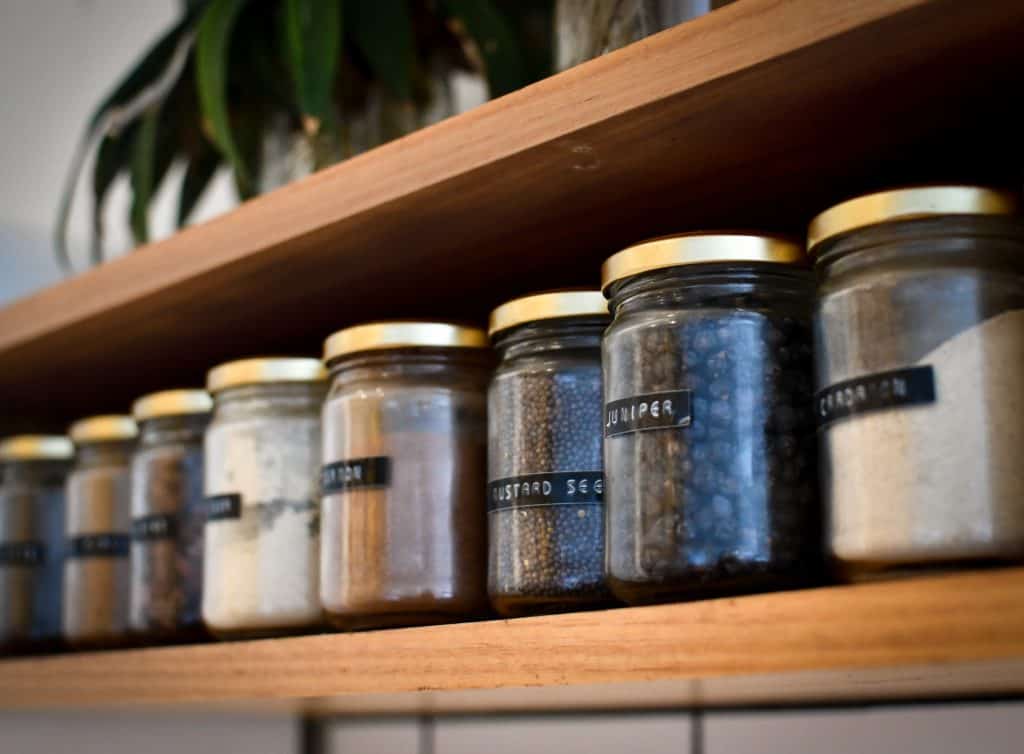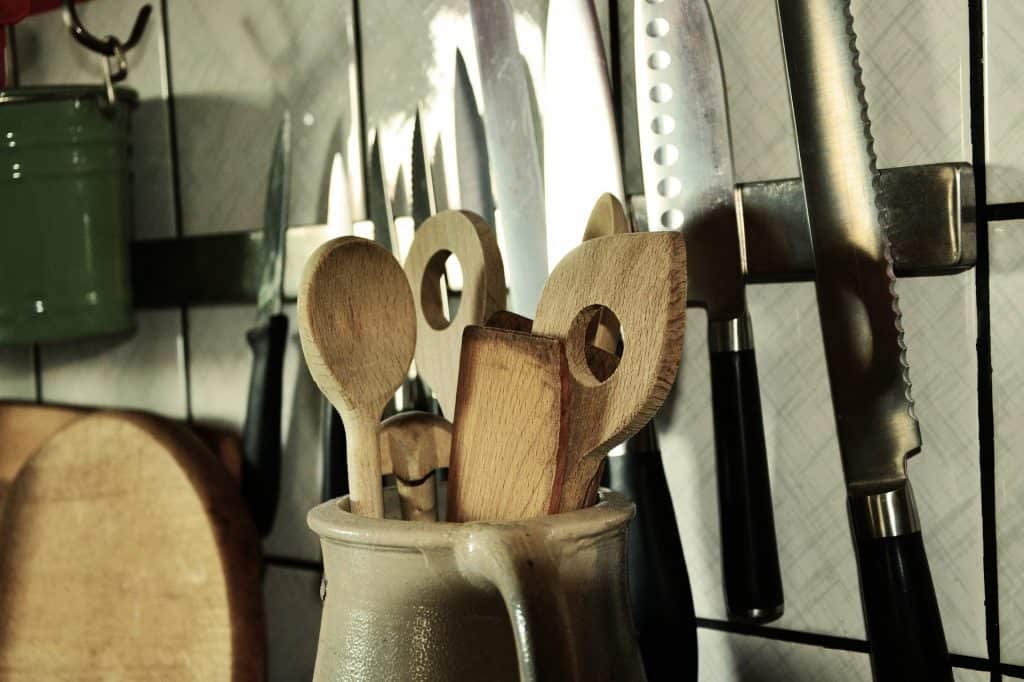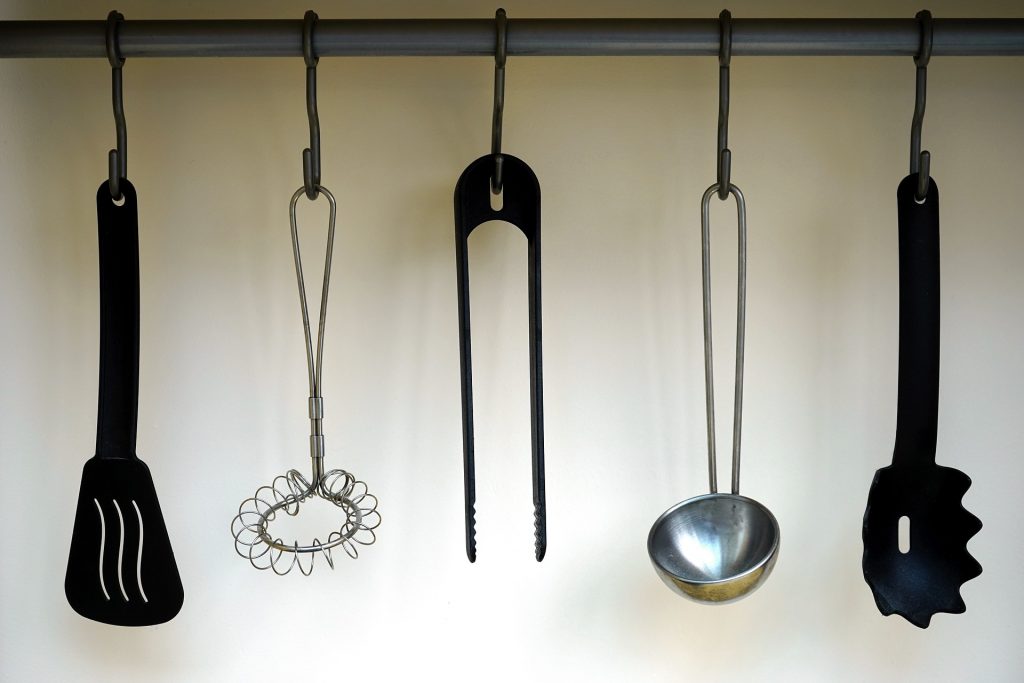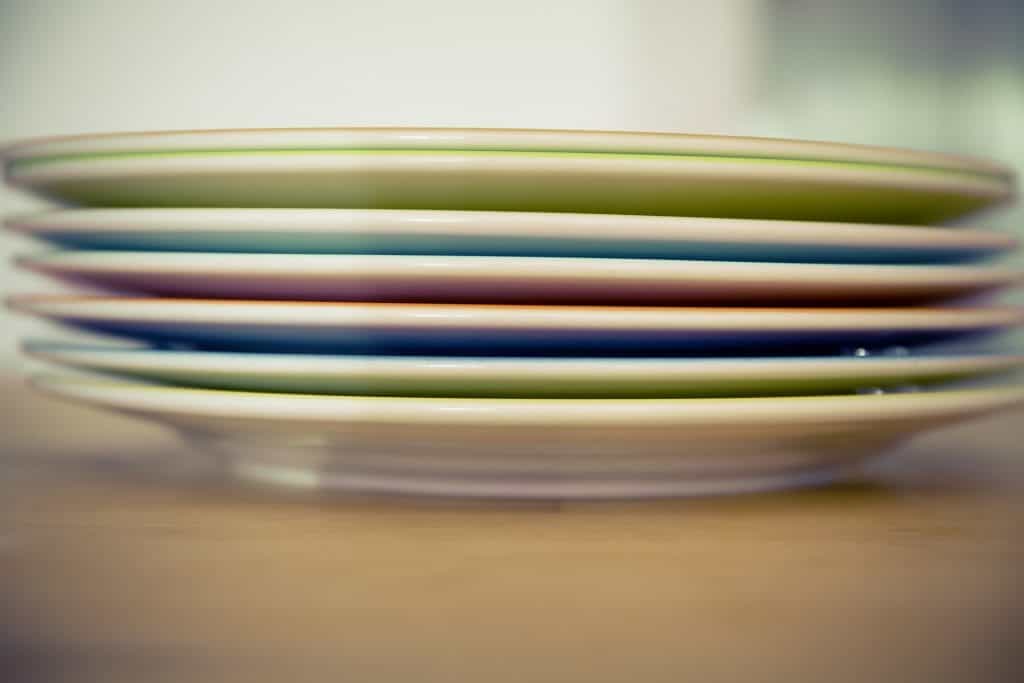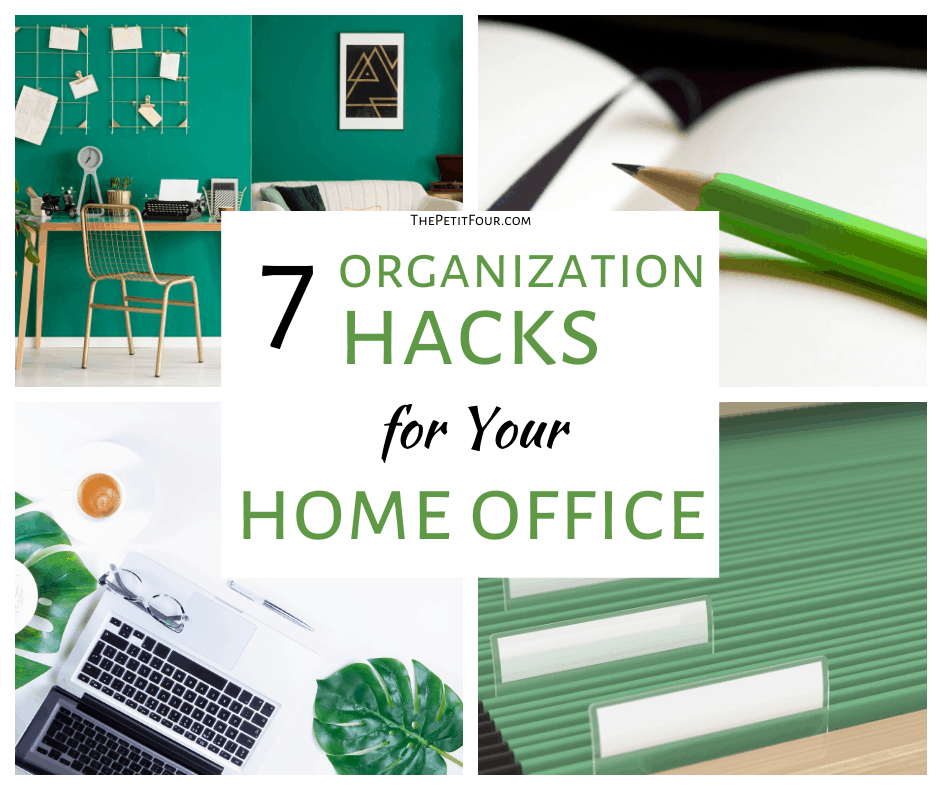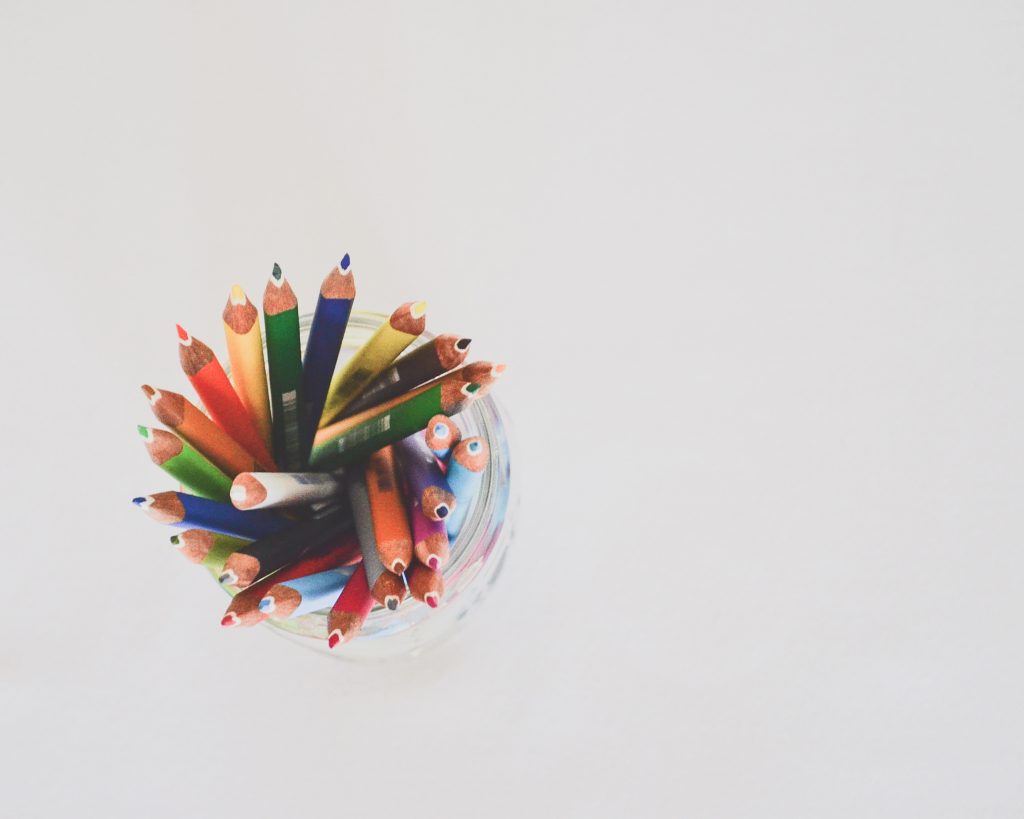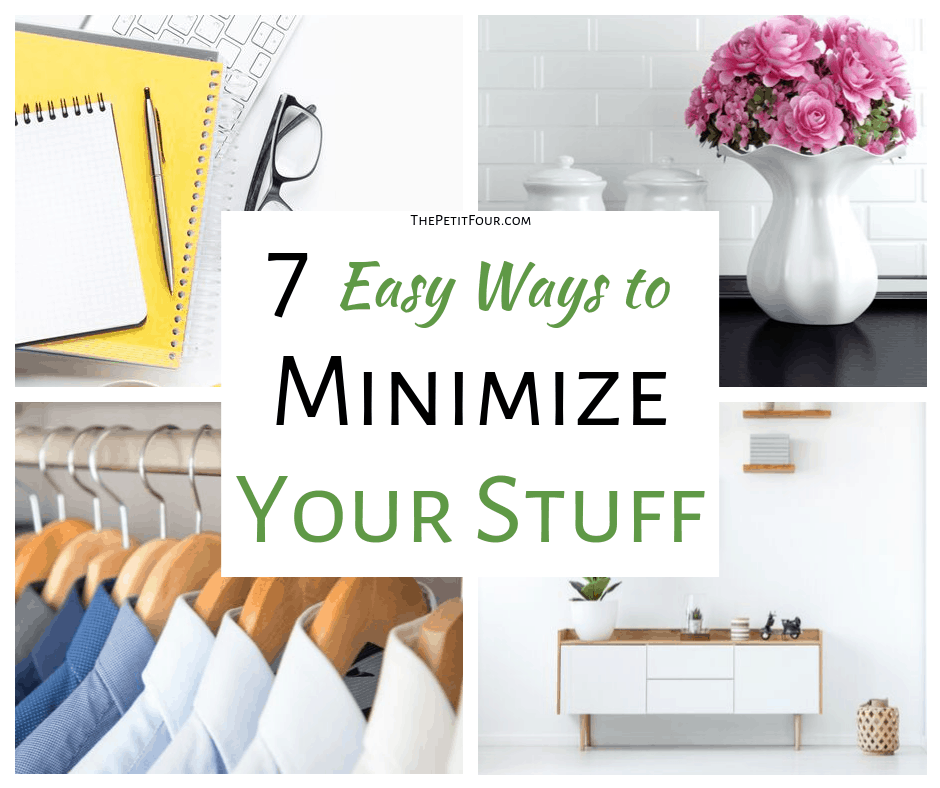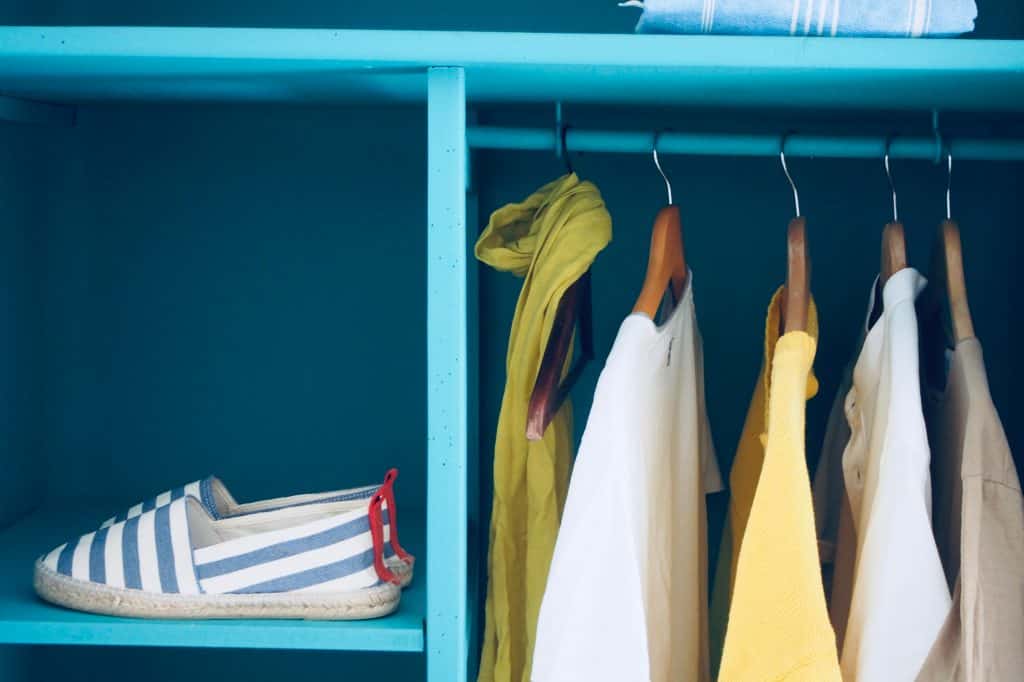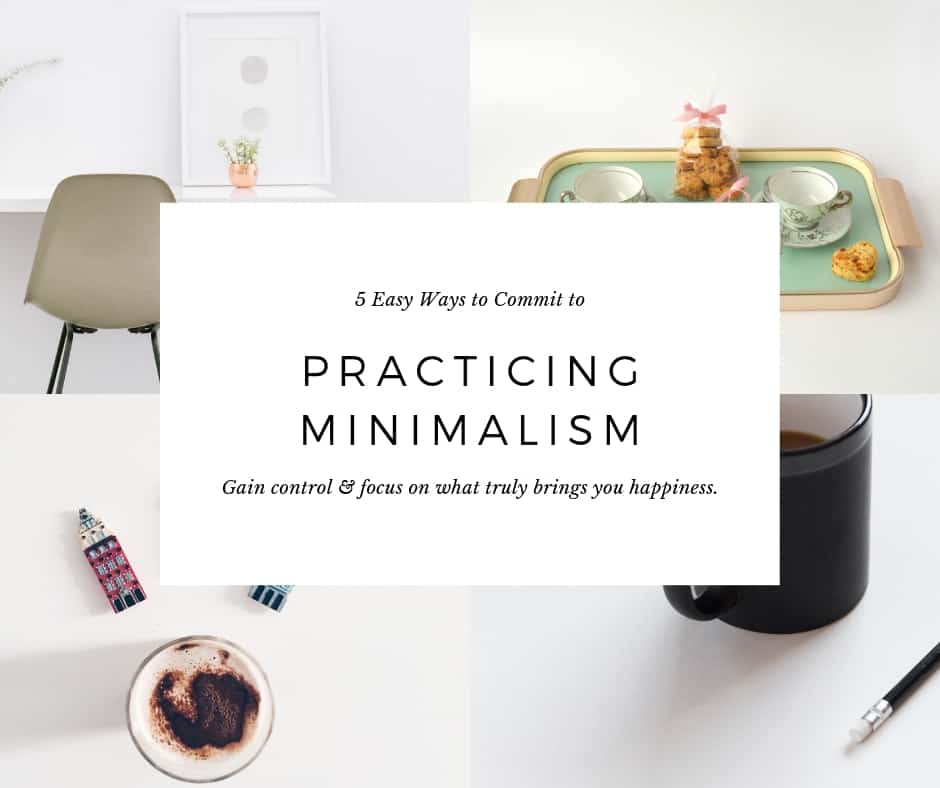Most people who enjoy candles prefer ones that come in attractive containers. That way, not only do they smell good, but they look good, too. But, once relighting the wick becomes impossible, figuring out what to do with the candle jars isn’t always easy. Throwing them away seems like such a waste or even a pity.
Luckily, you don’t have to toss out amazing candle jars. Instead, you can upcycle them and make them lovely additions to your home. If you want a reason to keep more of yours, here are five clever ways to reuse candle jars.
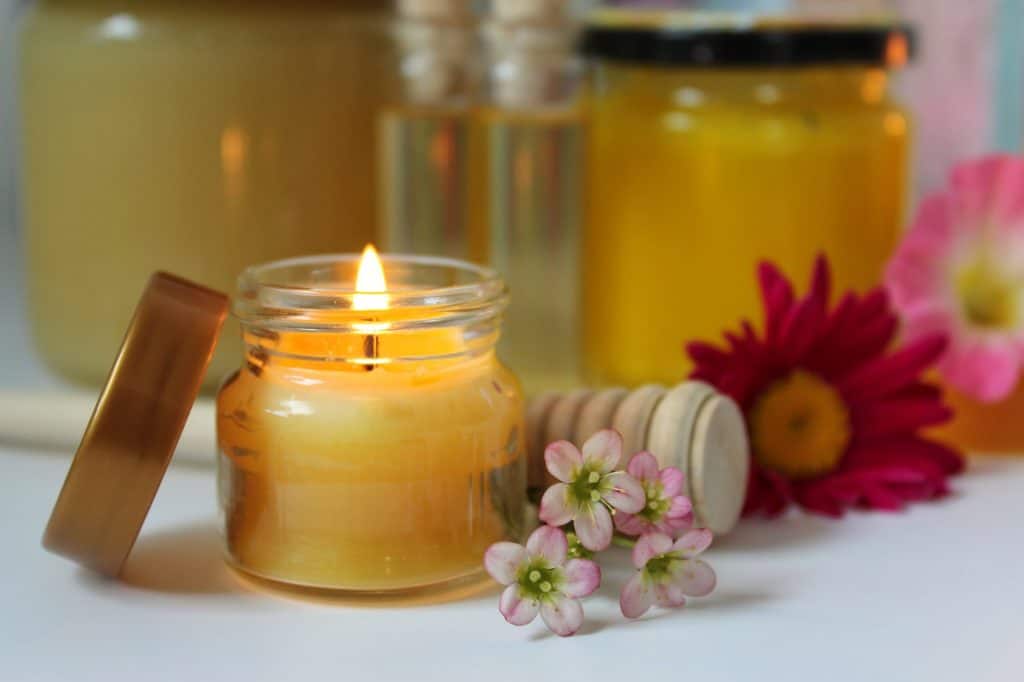
5 Clever Ways to Reuse Candle Jars
1. Organize Bathroom
If you want to keep your bathroom counters organized, candle jars can be an asset. Once cleaned out, you can use them to store a variety of items, including cosmetics, cotton swabs, toothbrushes, and more.
Place like items in jars together. This makes your organization look very intentional, enhancing the look and function. You’ll be able to find what you want with ease, all without having to leave items scattered on the counter.
2. Succulent Pots
Many candle jars are a great size for small succulents. Plus, the look can be incredibly elegant, especially if you group a few together that feature succulents in different colors.
If you want to make sure the succulents flourish, choose a cactus-style soil mix and make sure you don’t overwater. Candle jars don’t have drainage holes, so excess water won’t run out through the bottom. As a result, you have to be careful not to go too far, or your succulents won’t be happy.
3. Craft Supply Storage
Using candle jars to organize colored pencils, markers, paintbrushes, or a variety of other items can be a great option. It ensures everything has its place while keeping all of your craft supplies highly accessible.
If your candle jars have lids, they can even be used for craft item storage. You can stash away nearly anything and still see inside the container, ensuring you can locate what you want quickly when it’s time to craft again.
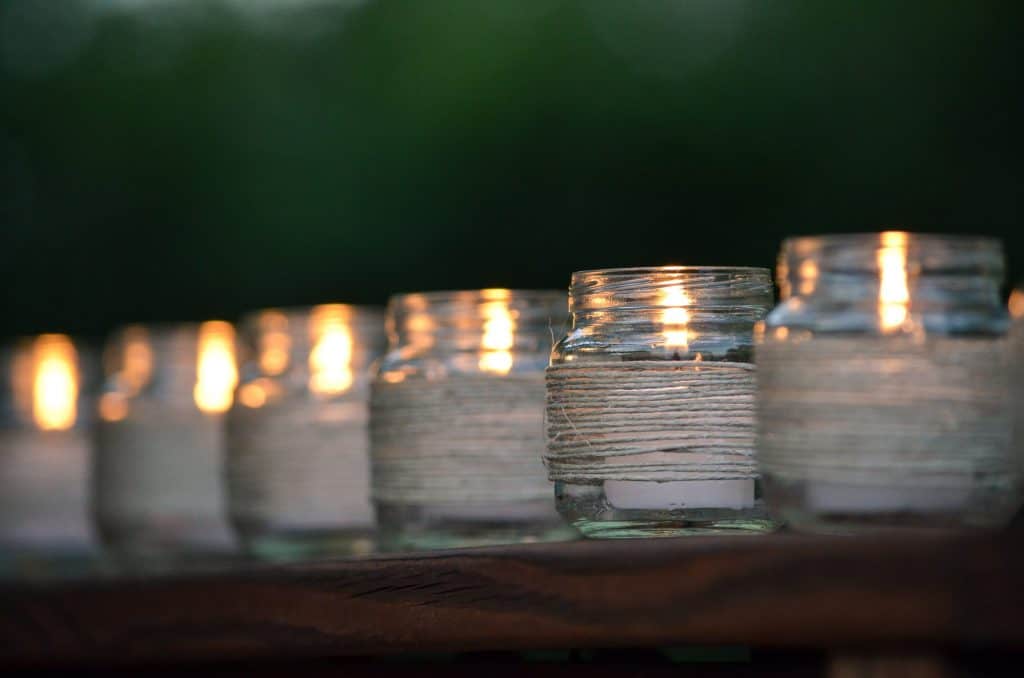
4. Store Spices
If you have small candle jars with lids, then they might be the perfect option for storing spices. This is especially true if you grow and dry your own herbs and need a place to keep your haul.
Just make sure that you spend a good amount of time cleaning and sanitizing your candle jars first. You don’t want any residue to get on your spices, so go the extra mile when prepping the jars.
5. Small Gift Baskets
For something a little quirky, consider turning your larger candle jars into makeshift gift baskets. You can tuck small items that go together inside, allowing you to present the present in any unexpected and attractive way.
Tip: How to Clean Wax Out of Candle Jars
If you want to reuse your candle jars, you’ll need to get any remaining wax out. Begin by scraping out as much as possible. You might want to use an old spoon or free pieces from the edge with a butter knife.
At that point, you have a few approaches that could work if you still have wax that you need to remove. You can put the jars in the freezer for a few hours, as this can cause the remaining wax to shrink, making it easier to pop out.
It’s also possible to use hot or boiling water. Once the jar is on a protected surface, heat some water and pour it inside the jar carefully, leaving room at the top. As the wax melts, it will float to the top. After the water cools, you can remove the now-floating wax.
With either of those approaches, once the wax is out, you’ll just need to clean the inside of the candle jars. Usually, a bit of dish soap and warm water will do the trick.

Bonus Tip: Removing Labels from Candle Jars
If you have a beautiful candle jar but can’t seem to get all of the sticky label off, you’re in luck. The process can actually be pretty simple, as long as you have the right stuff.
First, soak the jar in hot water and remove as much of the label as possible. You might want to use an inexpensive paint scraper, as this can make the process easier.
Once you’re down to mostly residue, make a mixture of solid coconut oil and baking soda. The coconut oil helps reduce the stickiness of the residue while the baking soda is abrasive. Place some of the mixture on the residue and use circular motions to work it away. Just make sure that you wear gloves, as the baking soda can wreak havoc on skin.
When you get the residue off, just wash the jar with dish soap. That will remove the oil from the glass, leaving it clean and ready to use.


